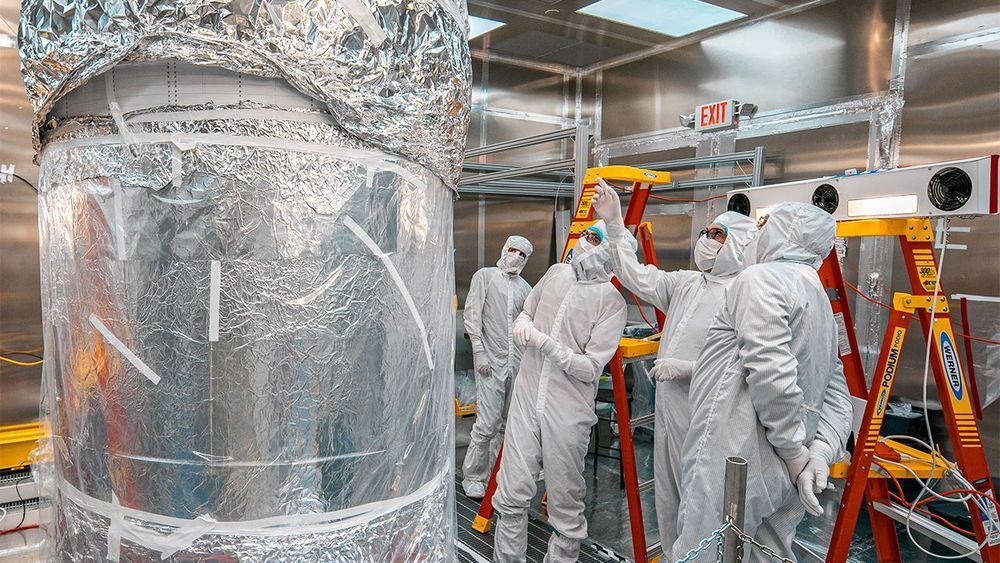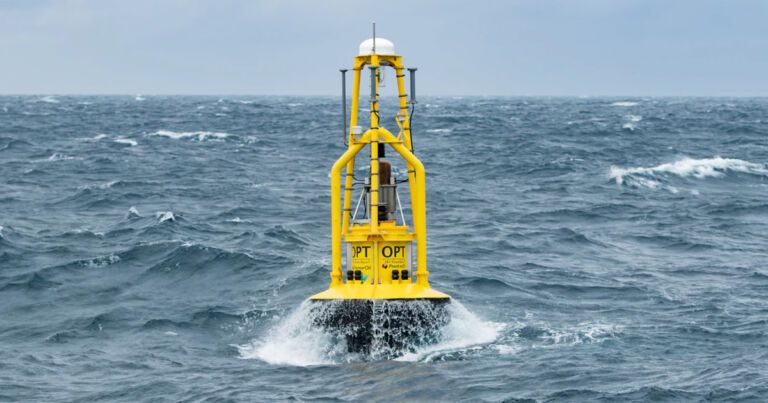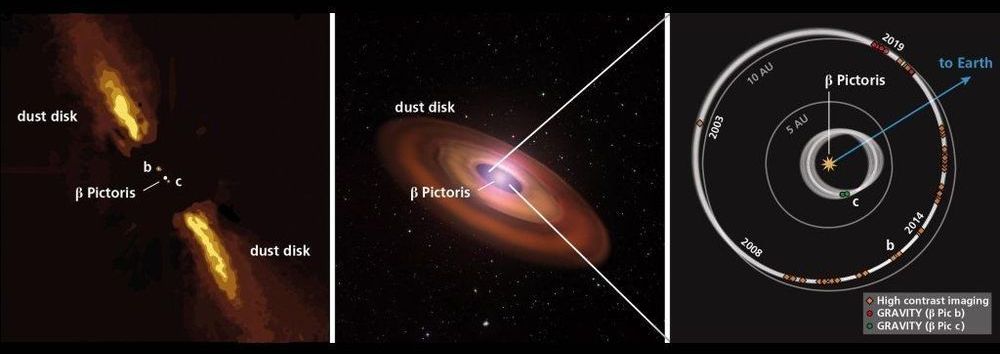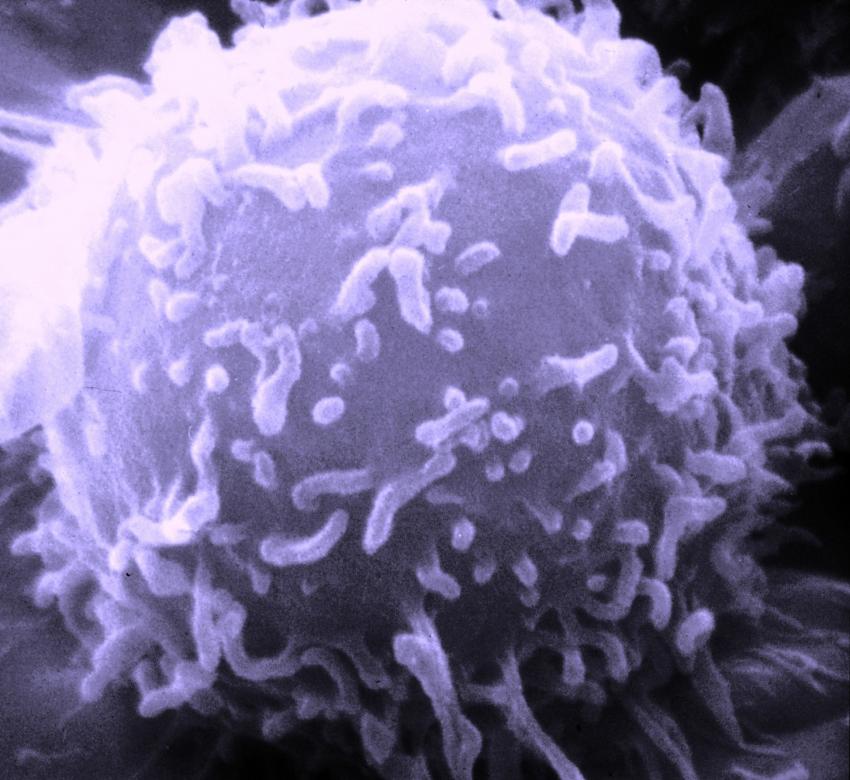Oct 2, 2020
With to-do list checked off, U.S. physicists ask, ‘What’s next?’
Posted by Derick Lee in category: particle physics
So next week, as U.S. particle physicists start to drum up new ideas for the next decade in a yearlong Snowmass process—named for the Colorado ski resort where such planning exercises once took place—they have no single big project to push for (or against). And in some subfields, the next steps seem far less obvious than they were 10 years ago. “We have to be much more open minded about what particle physics and fundamental physics are,” says Young-Kee Kim of the University of Chicago and chair of the American Physical Society’s division of particles and fields, which is sponsoring the planning exercise.
Giant neutrino experiment is the only sure thing for the field.


















